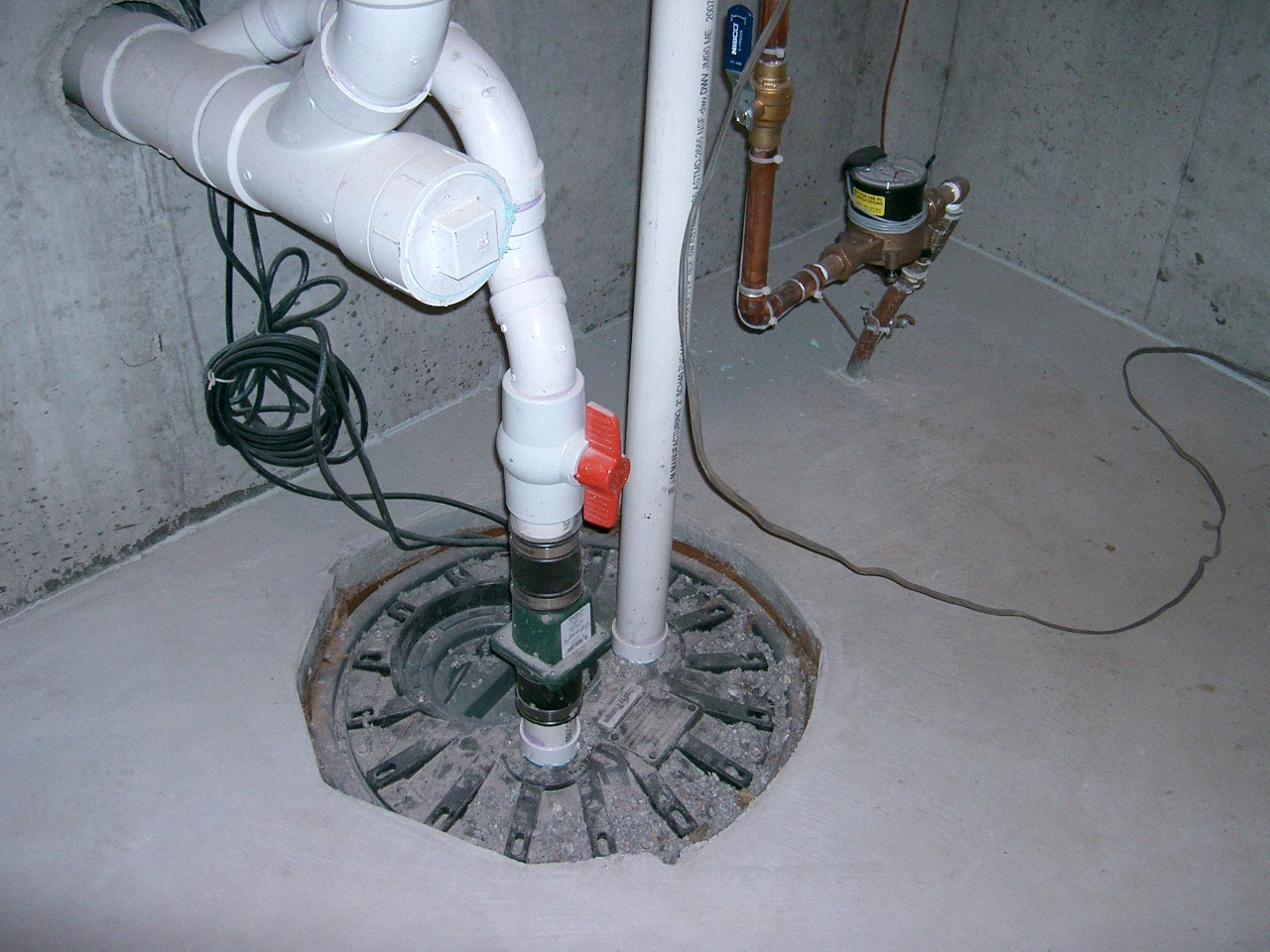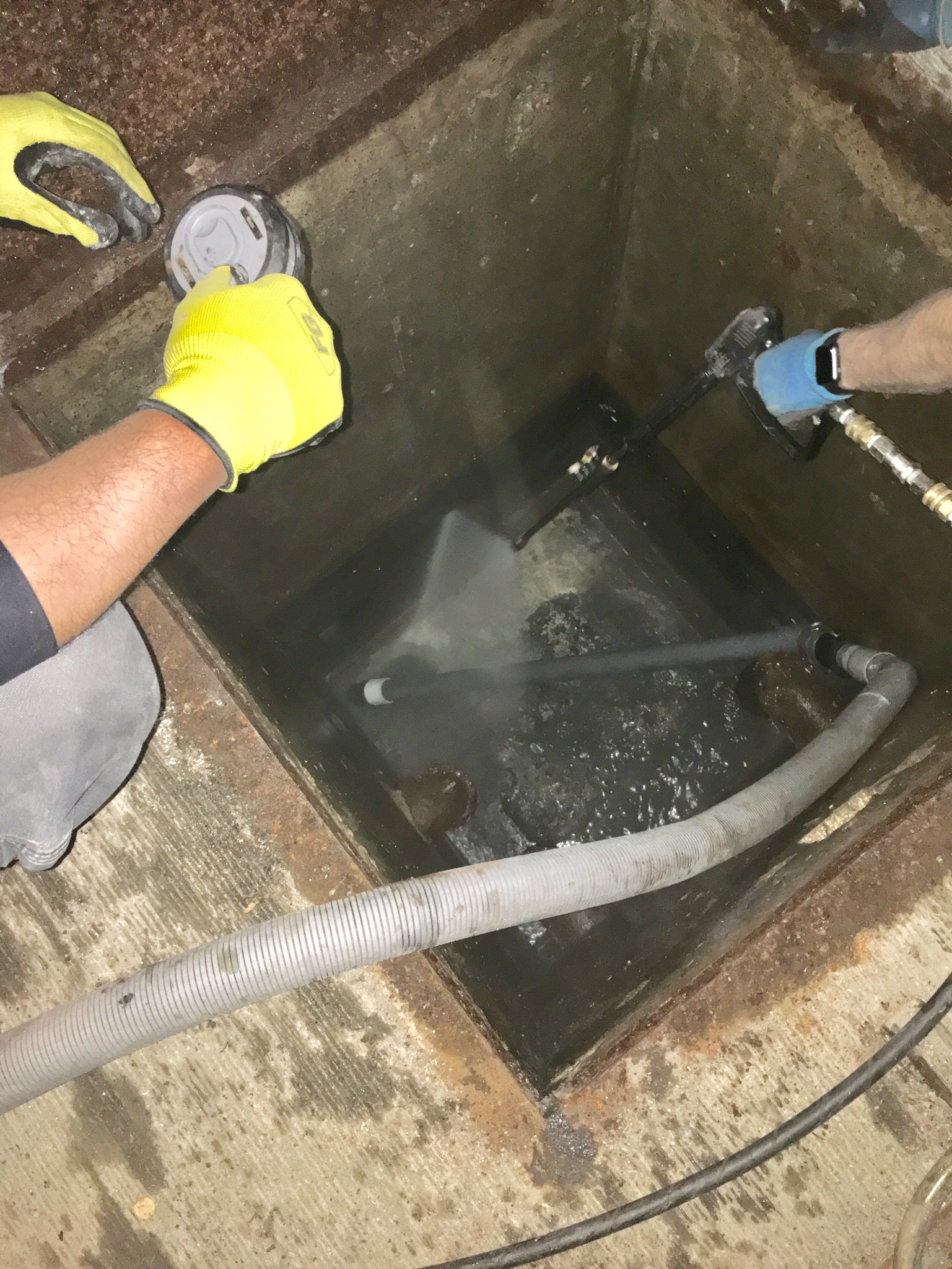What are your thoughts regarding Cleaning & Maintenance Tips for Your Home's Sump Pump?

Sump pumps are important components in lots of homes, specifically in locations vulnerable to flooding or too much dampness. They aid stop water damage by successfully eliminating excess water from basements or crawl spaces. Nonetheless, like any other appliance, sump pumps call for normal upkeep to ensure they work efficiently when needed the most. Cleansing your sump pump is an essential part of its maintenance, and recognizing how to do it effectively can save you from expensive repair services and possible disasters.
Intro
Preserving a tidy sump pump is vital for its correct functioning and durability. Ignoring this vital task can lead to blockages, breakdowns, and eventually, water damage to your residential property. For that reason, learning how to clean a sump pump is crucial for homeowners who rely upon these tools to maintain their cellars completely dry and protected.
Comprehending the Sump Pump
Prior to diving into the cleaning process, it's necessary to have a standard understanding of how a sump pump works. Usually set up in a pit or basin below the cellar flooring, a sump pump includes a number of essential parts, consisting of a pump, a float button, and a discharge pipeline. When water builds up in the pit, the float switch turns on the pump, which then pumps the water out through the discharge pipeline, away from the structure's structure.
Signs of a Dirty Sump Pump
Recognizing when your sump pump requires cleaning is vital for avoiding potential malfunctions. Some usual indications that show a dirty sump pump consist of unusual sounds throughout operation, minimized water flow, and visible particles in the pit. If you see any of these signs, it's vital to clean your sump pump immediately to stay clear of any kind of further issues.
Getting ready for Cleansing
Prior to you start cleansing your sump pump, it's vital to take some safety precautions. Start by shutting off the power to the pump to avoid any kind of electric mishaps. Furthermore, use proper safety equipment, such as handwear covers and goggles, to shield yourself from dust, debris, and potential virus.
Detailed Guide to Cleansing a Sump Pump
Shutting down the Power
Begin by disconnecting the power supply to the sump pump to avoid any kind of mishaps while cleaning.
Removing Debris and Dust
Utilize a bucket or an inside story to get rid of any kind of visible particles, dirt, or sediment from the sump pit. Dispose of the debris properly to avoid it from obstructing the pump or the discharge pipeline.
Cleaning the Pump and Float Switch Over
Once the pit is free from debris, carefully eliminate the pump from the pit. Evaluate the pump and the float button for any kind of indicators of damages or wear. Make use of a soft brush or towel to clean the surfaces and eliminate any type of gathered grime.
Flushing the System
After cleaning the pump and float switch, flush the sump pit with clean water to remove any staying dirt or sediment. This will help guarantee that the pump operates efficiently and successfully.
Looking For Appropriate Functioning
Before re-installing the pump, execute a fast test to ensure that the float button triggers the pump correctly. Put some water into the sump pit and observe the pump's operation. If every little thing is working correctly, you can reassemble the pump and reconnect the power supply.
Maintenance Tips to Maintain Your Sump Pump Clean
In addition to regular cleaning, there are a number of maintenance tips you can follow to maintain your sump pump in optimal condition:
Final thought
Cleaning your sump pump is an important element of its upkeep and ensures that it runs efficiently when you need it the most. By following the steps detailed in this overview and incorporating normal maintenance into your routine, you can extend the life-span of your sump pump and shield your home from water damage.
6 STEPS ON HOW TO CLEAN A SUMP PUMP PROPERLY
UNDERSTANDING SUMP PUMPS
Your sump pump plays a crucial role in protecting your home by managing and removing excess water. It primarily functions as a “shield”, guarding your basement against the damaging effects of water accumulation. The pump is housed in a sump pit in the lowest part of your basement, and its job is to pump out any water that collects there.
During heavy rainfalls or when snow melts rapidly, water can infiltrate your basement, posing potential risks like flooding, structural damage, and harmful mold growth. Here, the sump pump springs into action, pumping out the intruding water and directing it away from your home.
SAFETY FIRST
Before cleaning, remember to prioritize safety. Disconnect the sump pump from the power source to prevent any accidental electric shocks. Also, wear sturdy gloves to protect your hands from any sharp or dirty components within the pump.
REMOVE THE SUMP PUMP
After ensuring your safety, the next step is to remove the sump pump from its pit. Doing this might require careful maneuvering as you don’t want to damage any pump components. Once removed, clean the sump pit to remove any accumulated debris or sludge.
INSPECT THE PUMP
Inspect the pump for any visible signs of wear or damage. Check the power cord, float switch, and impeller housing. If any components look worn out or damaged, consider replacing them to ensure optimal performance.
CLEAN THE PUMP
Thoroughly clean the pump with warm, soapy water. Make sure to rid it of any dirt, gravel, or other debris that might impede its performance. You can use a toothbrush to clean the small, hard-to-reach parts of the pump.
REINSTALL THE SUMP PUMP
Reinstall the pump into the sump pit Make sure it’s positioned correctly to remove the water effectively Once it’s back in place, reconnect it to the power source TEST THE PUMP
Finally, pour some water into the pit to ensure the pump works correctly. It should start automatically and begin pumping out the water; if it doesn’t, check the power source and the positioning of the pump.
Remember, while cleaning your sump pump is an essential part of home maintenance, hiring a professional plumber for a thorough inspection and cleaning at least once a year is also important. This will ensure that your pump is in optimal condition, ready to protect your home from potential water damage.
BEST PRACTICES FOR CLEANING SUMP PUMP DISCHARGE PIPES
Regular Inspection: Regularly inspect your discharge pipes, especially during heavy rainfall or snowmelt periods. Look for any signs of blockage or damage. Early detection of problems can prevent serious issues down the line. Periodic Cleaning: Over time, sediment and debris can accumulate in the discharge pipes, impeding the flow of water. Regular cleaning helps keep the pipes clear and functioning efficiently. You can use a high-pressure water jet to effectively clean the pipes. Insulation During Winter: In colder climates, discharge pipes can freeze, blocking the outflow of water. Protect your discharge pipes from freezing temperatures by insulating them with foam pipe insulation. This will ensure the sump pump can continue to discharge water even in freezing conditions. Proper Positioning: The discharge pipe should be positioned to direct water away from your home’s foundation. Improper positioning can lead to water seeping back into the basement. Ensure the pipe is long enough and angled correctly. Installation of a Check Valve: A check valve prevents water from flowing back into your sump pit after the pump has pushed it out. Installing a check valve helps maintain the efficiency of your sump pump and reduces the risk of flooding. Minimize Pipe Turns: Every curve or turn in the discharge pipe can decrease the efficiency of water flow. By minimizing turns and bends in your discharge pipe, you can increase the efficiency of your sump pump. https://www.fullspeedplumbing.com/how-to-clean-a-sump-pump-properly9999/

As a devoted reader about Steps to Cleaning Your Sump Pump Properly, I was thinking sharing that piece of content was beneficial. In case you liked our blog entry kindly make sure you remember to share it. I recognize the value of reading our article about .
Click Here